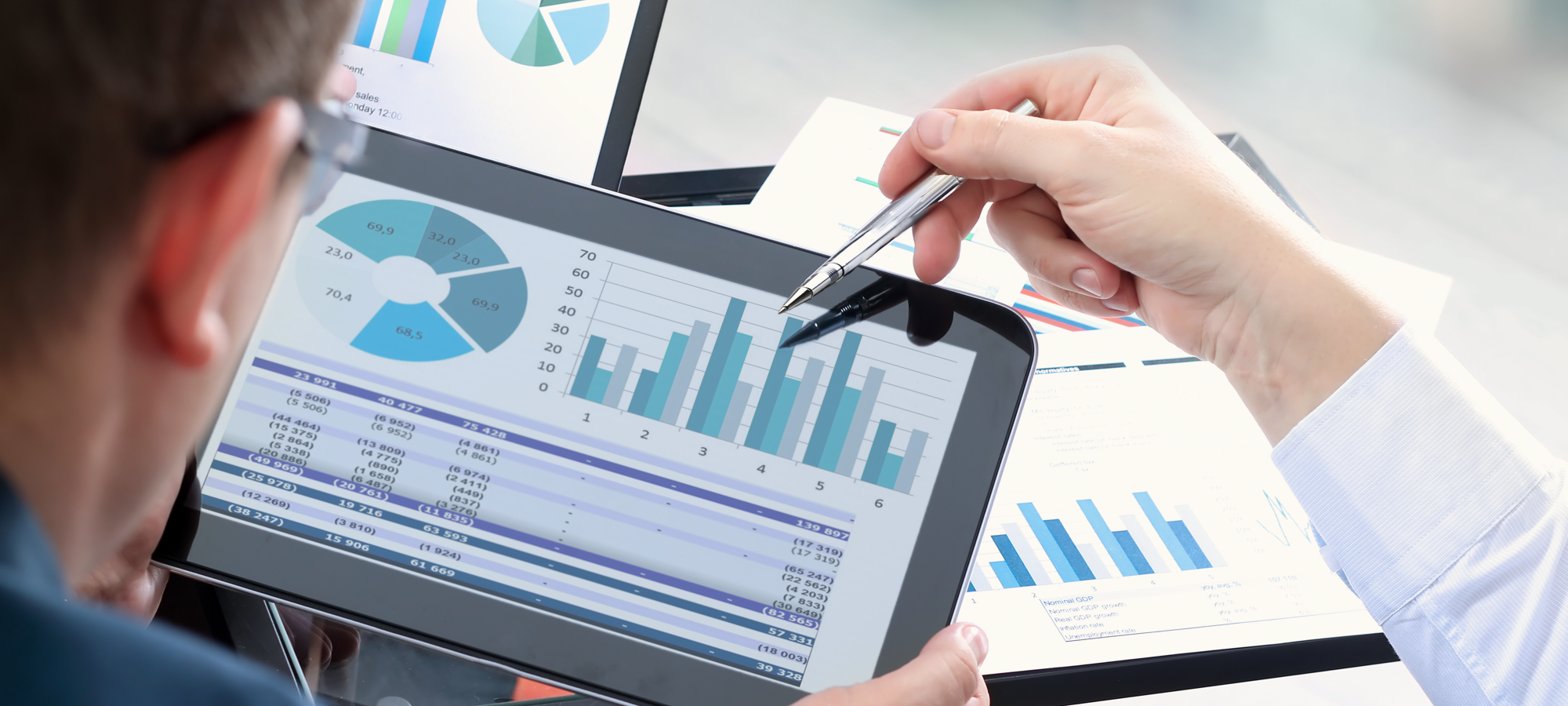Demand forecasting in S&OP: the next-best thing to time travel
Fact: almost any business uncertainty can be modeled and predicted using a set of machine learning algorithms. Put simply, demand forecasting is the science of using historic data about customers, events and trends to predict customer response to your product (or idea). delaware data scientists Maarten Herthoge and Tom Bergmans tell us more about the business-boosting power of this machine-learning approach.

Rely on data, not gut feelings
Once a company grows beyond a certain size, the S&OP processes and systems – or Excel spreadsheets – that it has relied on lose their efficiency. Growth implies increasing complexity, making it more difficult to understand what truly drives sales and incorporate it effectively in your company’s day-to-day operations. There are plenty of insights lying dormant in your (valuable) data, but they can no longer be revealed by a set of simple calculations. Enter demand forecasting.
Demand forecasting relies on a machine-learning model that uses data to analyze current and historical trends to predict the future demand of a product. The insights delivered have impacts on almost every aspect of the business, from operations and finance to sales and marketing.
“A company of any size can accomplish a lot with the right model,” explains Tom. “Demand forecasting can, for example, enable you to give customers exactly what they are looking for in that particular moment. Determine how much you should spend on a campaign to reach an audience with maximum return on investment. Proactively boost sales where forecasts predict a dip. Get a clearer understanding of when you will need resources. The possibilities are endless.”
Bridging past, present and future – and multiple data sources
A 360-degree customer overview is an invaluable tool that can be used to predict demand for a product, or customer reaction to different brand profiles targeting specific customer subgroups.
“Even if you have limited information about a potential customer, an appropriate model uses many data sources to fill in some of the blanks, enabling you to approach them in a way that matches their preferences,” asserts Maarten Herthoge, data scientist at delaware. “Companies can also predict how social media campaigns or targeted ad campaigns will influence a product introduction. After the introduction, they can score its effectiveness, including collateral effects.” On the operations planning side, companies can use demand forecasts to proactively determine operations, logistics and warehousing needs with precision. “That means no expired products or packed warehouses – or consumers who are forced to buy the product of your competitor because they can’t find yours on the shelf.”
Demand forecasting is a mature approach, but it has to be done correctly and the solution must grow with the company.
Quantifiable results, more transparency
In addition to S&OP, machine learning also has an impact within an organization. When companies trust their tools and see firsthand that a well-designed, well-trained model leads to quantifiable results, stakeholder confidence and internal flexibility get a huge boost.
“Thanks to the clear pictures of the future generated by predictive analysis, business leaders can guarantee a smoother cashflow, anticipate risks and take proactive measures to avoid those risks,” Tom explains. “Even more, when the business has complete control over the inputs, this transparency avoids that suspicious ‘black box’ feeling. Add a familiar frontend, and users have an interactive tool that they understand and trust.” Ready to discover what your business stands to gain from demand forecasting?
Our experts would be glad to give you a demonstration and provide more details about our approach.



